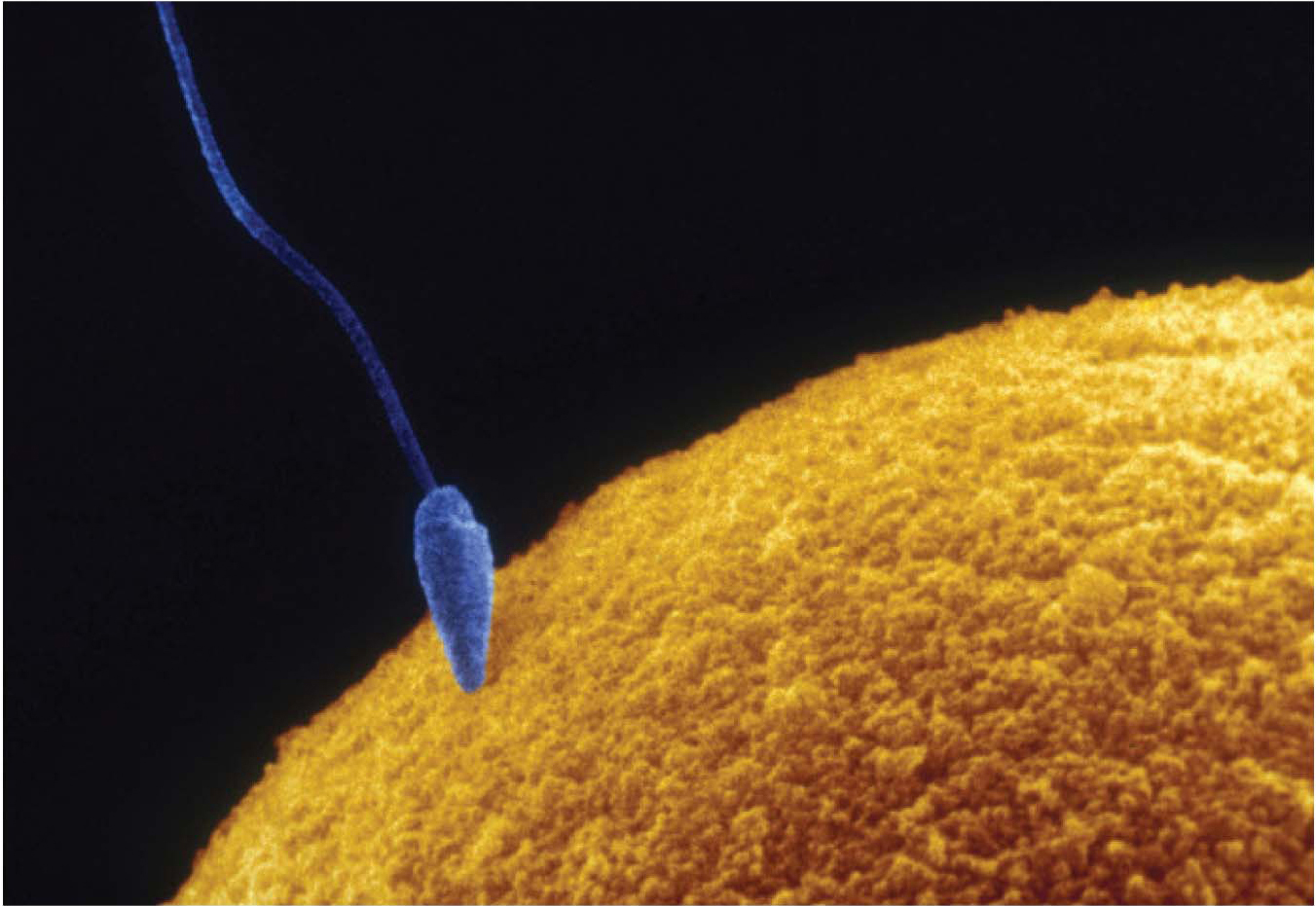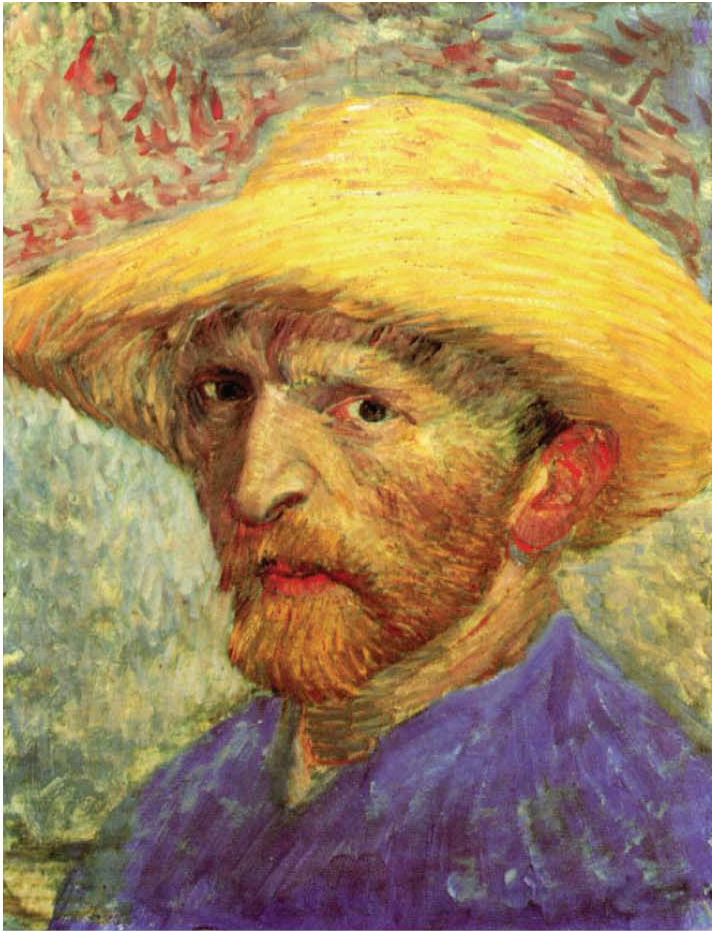RNA Synthesis, Processing, and Regulation
657



DNA can be thought of as the archival information that is converted into a useful form by being copied as RNA. This process is called transcription or RNA synthesis. Transcription is the initial step in the expression of genomic information. It is analogous to making photocopies of particular parts of a rare out-
The synthesis of accurate RNA is only part of the story. Even in an organism as simple as E. coli, not all of the genes are expressed at a given time. The pattern of genes that are transcribed into RNA changes with environmental conditions, such as when a bacterium finds itself in the presence of the disaccharide lactose as a carbon source instead of glucose. Transcription must be regulated to meet the biochemical needs of the cell.
This regulation becomes more complex in eukaryotes. There, transcription can change not only in response to diet, as in E. coli, but also in response to hormones and even behavior. For instance, exercise exerts its beneficial effects in part by altering the transcription patterns of muscle, liver, and fat cells. Perhaps the most dramatic example of the regulation of gene expression is the development of a single-
658
The process of transcription in eukaryotes is even more complex than in bacteria in that the initial transcription product of most protein-
Transcription is thus the first step in unlocking the information in the genome. We will examine this process and its control first in bacteria and then in eukaryotes. The section ends with an examination of RNA splicing.
✓ By the end of this section, you should be able to:
✓ 1 Identify the key enzyme required for transcription.
✓ 2 Describe how transcription is controlled in bacteria.
✓ 3 Describe how transcription is regulated in eukaryotes.
✓ 4 Explain how RNA is processed after its transcription in eukaryotes.